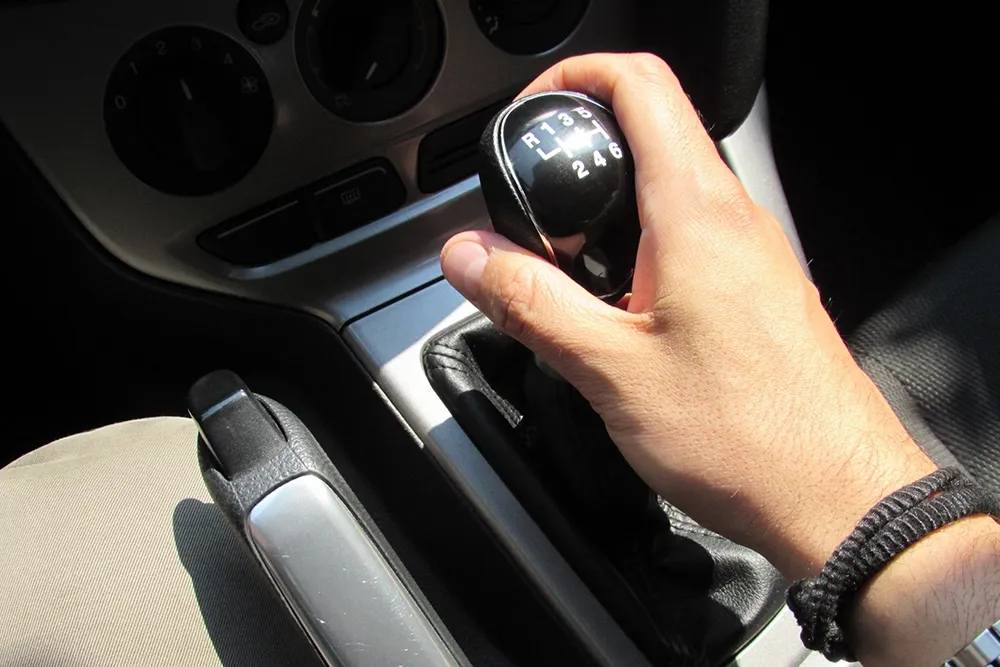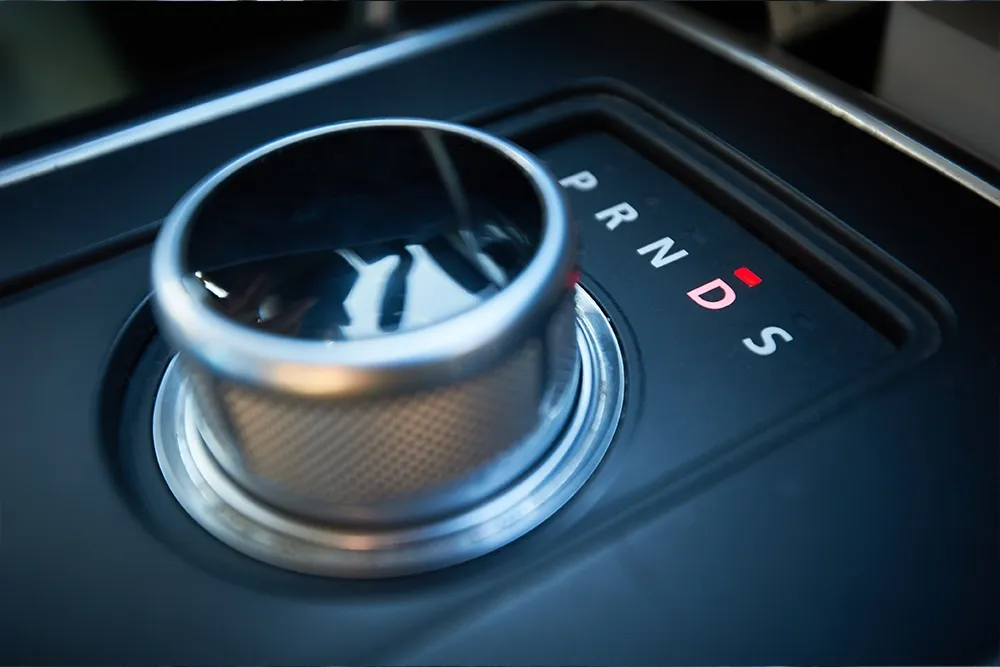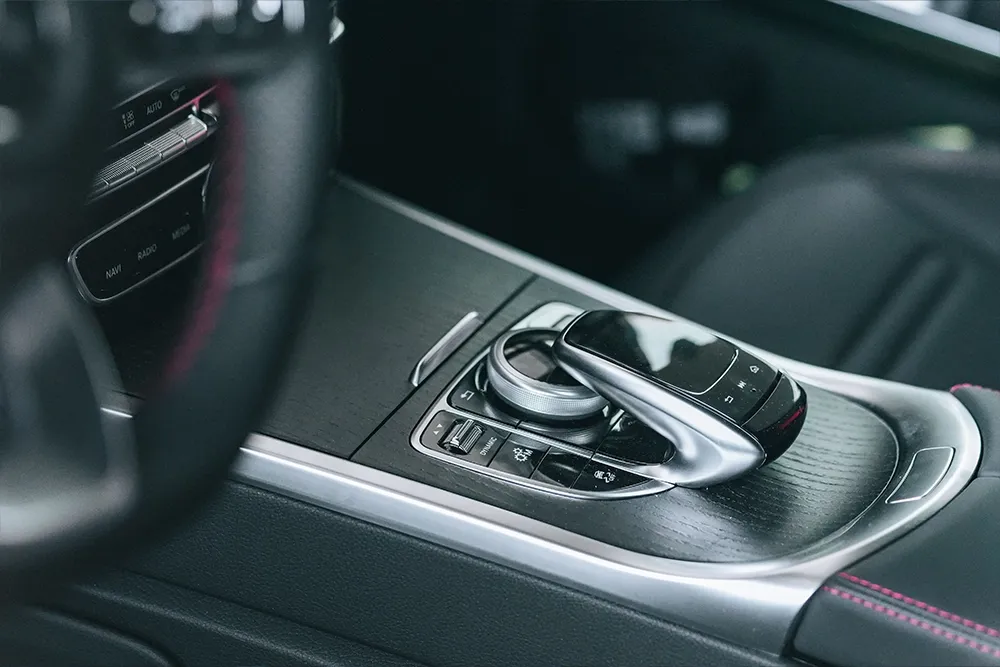Picture this: you're running late for an important meeting, you hop into your car, turn the key, and suddenly you can't get the gear stick to budge. Sound familiar? If you've ever found yourself wrestling with a stubborn transmission, you're not alone. Gear shifting issues are among the most frustrating problems drivers face, and they always seem to happen at the worst possible moment.
Whether you're dealing with a manual transmission that feels like it's fighting back or an automatic that's acting up, understanding what's going wrong under the hood can save you time, money, and a whole lot of stress.
Understanding the Major Gear-Shifting Issues
Let's dive into the most common culprits behind these transmission troubles and what you can do about them.
The Clutch Connection
For manual transmission drivers, the clutch is often the first suspect when gear shifting issues arise. Think of your clutch as the middleman between your engine and transmission – when it's not doing its job properly, everything falls apart. A worn clutch disc, damaged pressure plate, or faulty clutch master cylinder can make shifting feel impossible.
You'll typically notice this problem gradually getting worse over time. Maybe first gear becomes harder to engage, or you hear grinding noises when trying to shift. If your car won't go into gear when the engine is running but shifts fine when the engine is off, there's a good chance your clutch isn't fully disengaging. This means the clutch disc is still partially connected to the flywheel, making it nearly impossible to change gears smoothly.

Transmission Fluid - The Lifeblood of Smooth Shifting
Here's something many drivers overlook – transmission fluid isn't just important, it's absolutely critical. This specialized fluid lubricates all the moving parts inside your transmission, helps with hydraulic pressure, and even assists with cooling. When it's low, dirty, or the wrong type entirely, you're asking for trouble.
Low transmission fluid is particularly notorious for causing engine running gear issues. Without enough fluid, the hydraulic pressure needed to engage gears properly just isn't there. You might notice delayed engagement, especially when shifting from park to drive, or rough shifting throughout your drive. The good news? This is often one of the easier and cheaper fixes.
Synchronizer Problems in Manual Transmissions
If you drive a manual and you're hearing grinding noises during shifts, your synchronizers might be wearing out. These clever little components help match the speed of the gear you're selecting with the speed of the transmission shaft. When they fail, you get that awful grinding sound – like metal scraping against metal, because that's exactly what's happening.
Synchronizer problems usually start with one specific gear (often second gear) and can gradually affect others. This type of car gear issue typically requires professional attention, as synchronizers are buried deep within the transmission.
Automatic Transmission Woes
Automatic transmissions have their own set of problems that can cause shifting difficulties. A faulty torque converter, worn valve body, or failing solenoids can all contribute to poor shifting performance.
You might experience harsh shifts, delayed engagement, or the transmission slipping out of gear entirely.
Modern automatics rely heavily on computer controls, so sometimes the problem isn't mechanical at all – it could be a sensor sending incorrect information to the transmission control module. This is why gear shifting issues in newer vehicles sometimes require diagnostic equipment to properly identify.
The Linkage Factor
Sometimes the problem isn't inside the transmission at all – it's in the linkage that connects your gear shifter to the actual transmission. Worn bushings, bent linkage rods, or loose connections can make shifting feel sloppy or prevent you from getting into certain gears altogether.
Linkage problems are more common in older vehicles or those that have seen heavy use. The symptoms can be confusing because the transmission itself might be perfectly fine, but you can't access all the gears properly.
What You Can Do About It?
First, check your transmission fluid level and condition. If it's low or looks dirty (it should be bright red and relatively clear), that's a good starting point. For manual transmissions, pay attention to how the clutch pedal feels – if it's spongy or goes to the floor without resistance, you likely have a hydraulic issue.
Don't ignore early warning signs. Gear problems rarely fix themselves and usually get worse over time. What starts as slightly rough shifting can quickly escalate into a complete transmission failure if left unchecked.

When Should You Seek Help?
While some transmission maintenance can be DIY-friendly, many gear shifting issues require professional diagnosis and repair. If you're experiencing persistent problems, especially if your car won't engage gears reliably, it's time to visit a qualified mechanic.
Remember, your transmission is one of the most complex and expensive components in your vehicle. Taking care of gear shifting issues early can prevent much costlier repairs down the road. Don't let transmission troubles leave you stranded – address them promptly and keep your car running smoothly for years to come.
FAQs
- What are some common gear shifting problems?
Common gear shifting issues include slipping gears, rough or delayed shifting, clunking, grinding or humming noises, and difficulty shifting into gears.
- What causes gear shifting problems?
Problems such as low or contaminated transmission fluid, worn clutch components, shift linkage problems, damaged synchro rings, transmission overheating and others can cause gear shifting issues.
- What should you do if you experience gear shifting issues?
If you’re faced with gear shifting problems, you can check your transmission fluid, inspect your transmission for problems, or promptly call an experienced car mechanic to help you fix the problem.








